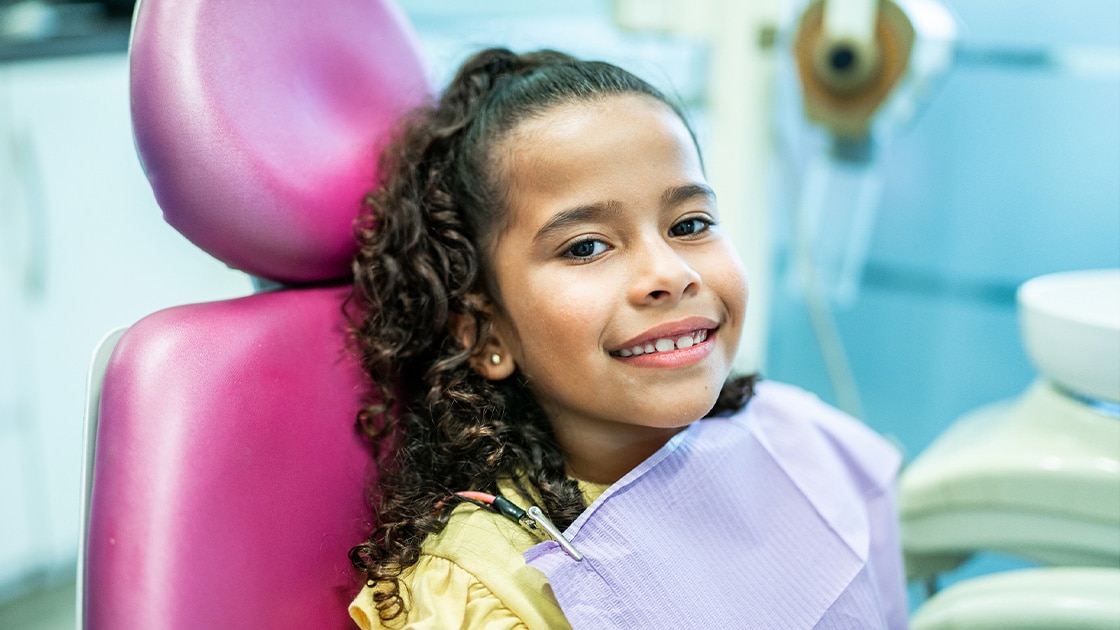A habit appliance is useful to help stop a thumb or finger habit and/or to help re-train an improper tongue position or swallowing pattern. It is sometimes necessary to place an appliance to minimize the harm and distortion the habits or tongue posture can have on teeth. Most habit appliances are banded for adhesion to the back molars and are not removable.

Interceptive Orthodontics represents a proactive approach in the field of dental care, focusing on early detection and treatment of malocclusions and dental irregularities in children. By identifying and addressing orthodontic issues at a young age, the need for more extensive orthodontic treatments can be reduced as they grow. By intervening at an optimal time during a child’s growth and development, interceptive orthodontics can guide the proper alignment of teeth, ensure adequate space for emerging permanent teeth, and help in the correct development of the jaw, contributing to the aesthetic appearance of a child’s smile, promoting better oral health and function, and laying a solid foundation for a lifetime of healthy teeth.
Space maintainers are used to keep teeth from drifting into an empty tooth space due to early loss of primary (baby) teeth. Baby teeth act as a guide for the eruption of the permanent teeth. A space maintainer is made of stainless steel and/or plastic. It can be removable or fixed to the teeth.
Molar adjustment can be accomplished prior to full orthodontic treatment through the use of a Distalizer. This treatment technique can effectively position molars for bracketing and significantly shorten the patient’s full orthodontic treatment time.
The Herbst appliance is used in conjunction with braces to correct an overbite. Overbite is often caused by the size and position of the lower jaw. The Herbst appliance is generally used for patients between the ages of 10 and 13 years to take advantage of the patient’s natural growth spurt, aiding in the development and positioning of the lower jaw. The appliance is attached with bands cemented to one upper and one lower molar on each side of the mouth, connecting the upper and lower jaws. Gradually, the position of the lower jaw will shift, and the next phase of orthodontic treatment can begin.
Looking for a pediatric dentist in the




